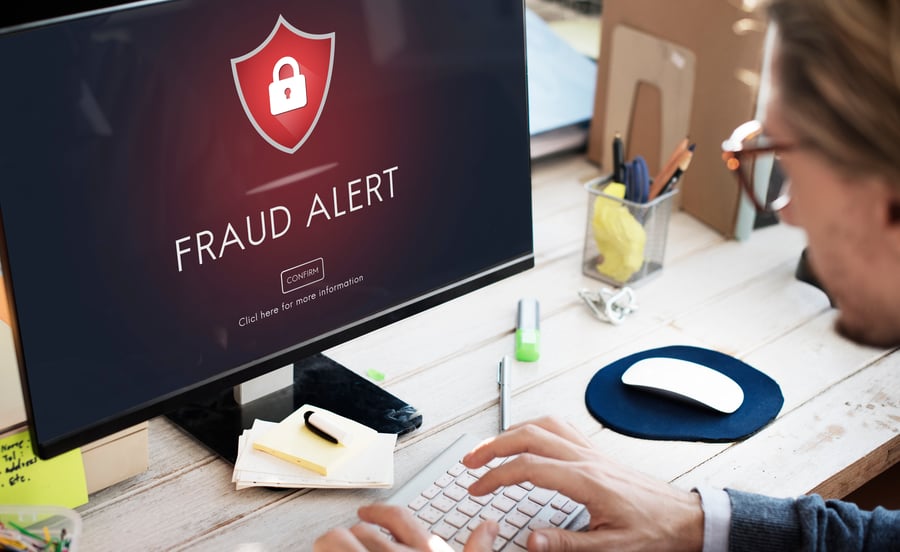The ancient Roman philosopher Seneca once said, “There is no right way to do a wrong thing.” We agree – there isn’t a good way to commit a crime.
But the problem with that is criminals agree, too. In 2022, for example, 56% of US companies were targeted by at least one B2B fraud attempt. As technology improves, fraudsters are open to trying new methods and launching multiple attacks. Their methods might be different, but they all want the same thing: access to your cash flow, customers and reputation.
When you’re protecting your business from financial crimes, it would be so much easier if there was only one thing to lookout for. But things are never that easy, are they? Instead, criminals branch out into a seemingly endless number of crimes that your business can be hit with. When you think about B2B fraud, for example, you need to think about all the different ways a criminal might try and defraud your company.
Think about it: fraud isn’t just about clicking on a shady link in an email anymore. Between cyber-attacks like account takeover fraud and money laundering like triangulation fraud, there are dozens of types of fraud you need to watch out for. It can start to feel impossible know what to expect from fraudsters lately.
So, how can you protect your business from fraud if there are so many different types of them? Well, let’s look at another famous quote for the answer: “Knowledge is power.” (That one was Francis Bacon, by the way). The more you know about the types of fraud your business could be hit with, the more prepared you are to deal with them.



